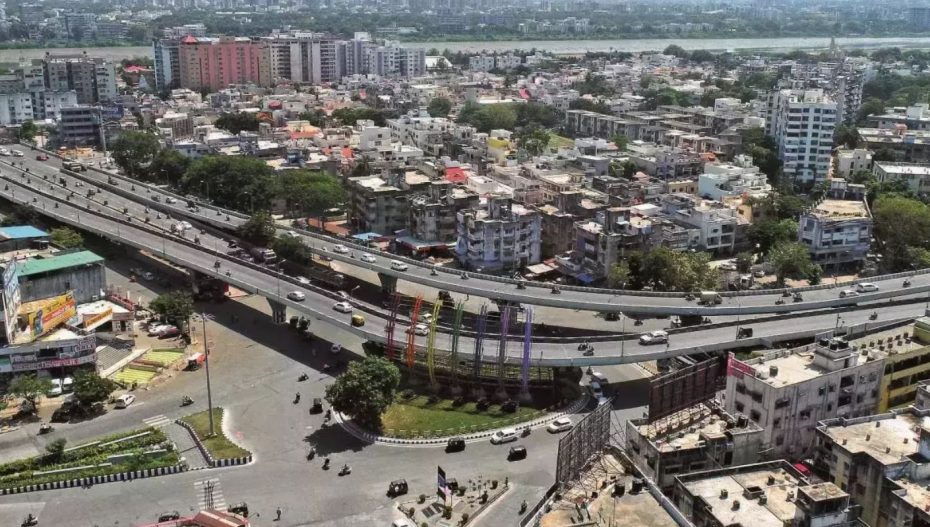Ahmedabad, Gujarat’s commercial capital, has long been the largest city in the state both in terms of size and population. A new report on drinking water supply by the urban development department (UDD) has sprung a surprise.
While Ahmedabad has a larger area (480 sq km) compared to Surat (462.14 sq km), Surat’s municipal corporation caters to a larger population, 82 lakh, compared to Ahmedabad’s 80 lakh.
Due to a large floating as well as migrant population, the number of people within Surat municipal service limits is higher than Ahmedabad. The estimated population for Surat is calculated based on drinking water supplied every day and its utilisation within municipal limits, said sources from the Surat Municipal Corporation.
Surat supplies more water than set standards considering the water lost during supply. Raw water is sourced from Tapi, the sources added.
In the 2011 census report, Ahmedabad had a population of 55.77 lakh while Surat had 44.66 lakh. The census exercise is expected to be held this year.
The UDD report also highlights disparity in consumption of water, measured in litres per capita per day (lpcd), across eight major municipal corporations in the state. Vadodara, with an area of 220.3 sq km, leads with per capita consumption of 237 lpcd, followed by Bhavnagar at 213 lpcd. On the other hand, Junagadh receives the least amount of water, 57 lpcd, among the eight municipal corporations.
Narmada water
The 1,600 million litres of water per day (MLD) supplied to Ahmedabad amounts to availability of 200 lpcd. In contrast, Surtis receive only 182 litres per head per day. However, all of Surat’s water demand of 1,500 MLD is met by the perennial Tapi instead of the Narmada, said UDD sources.
Unlike Ahmedabad, the other major cities in the state are not entirely dependent on Narmada water. For instance, in Vadodara, only 11% of its 640 MLD water supply is met by the Narmada. Rajkot supplies 375 MLD for which it is 36% dependent on the Narmada and yet supplies more water per capita, 209 lpcd, than Ahmedabad.
Bhavnagar city is running on a deficit of 10 MLD and yet its daily supply of 170 MLD ensures each citizen gets 213 litres a day, the second highest supply in the state. Bhavnagar receives just 45% of Narmada water every day for drinking. The rest is managed from Aji and Shretunji dams.
This data suggests there is a need for a more equitable distribution of water resources across Gujarat’s major cities. The consumption pattern is too high. A lot of water is wasted, said UDD sources.
Also Read: Rahul To Fight From Raebareli, Kishori Lal Sharma From Amethi













